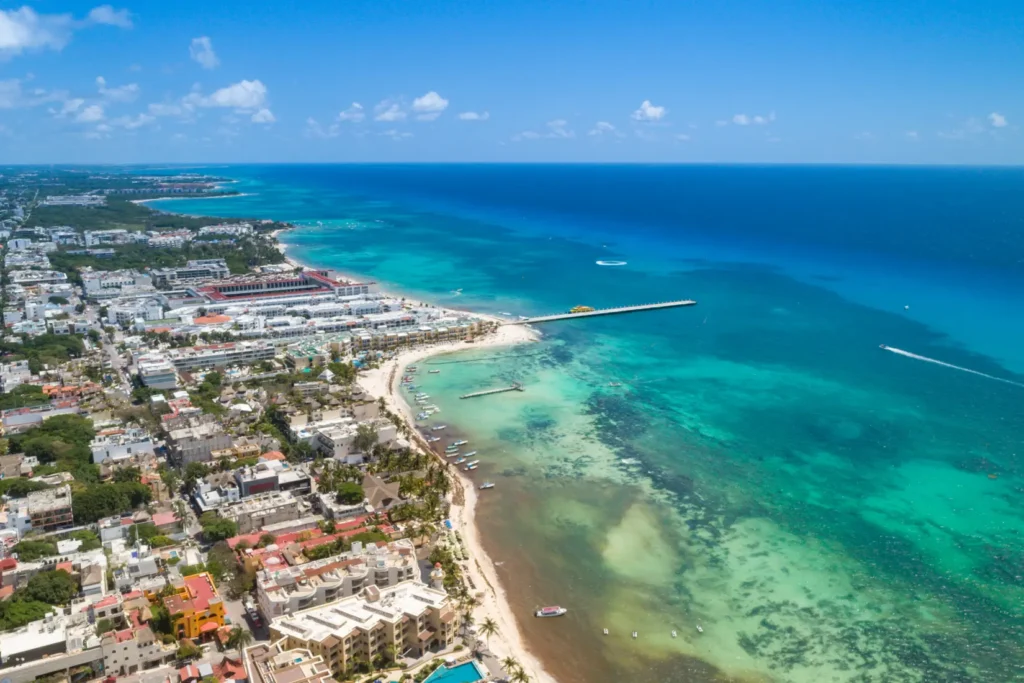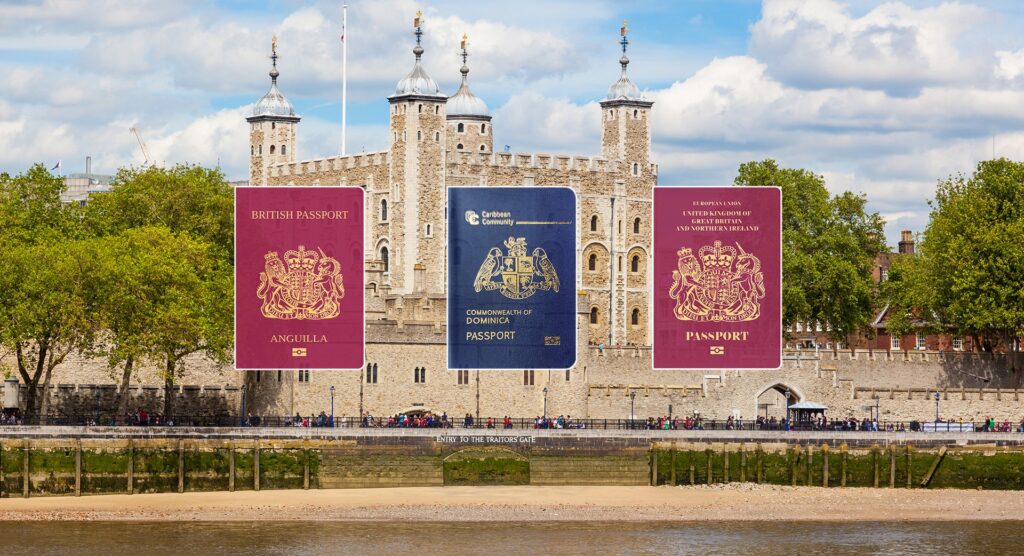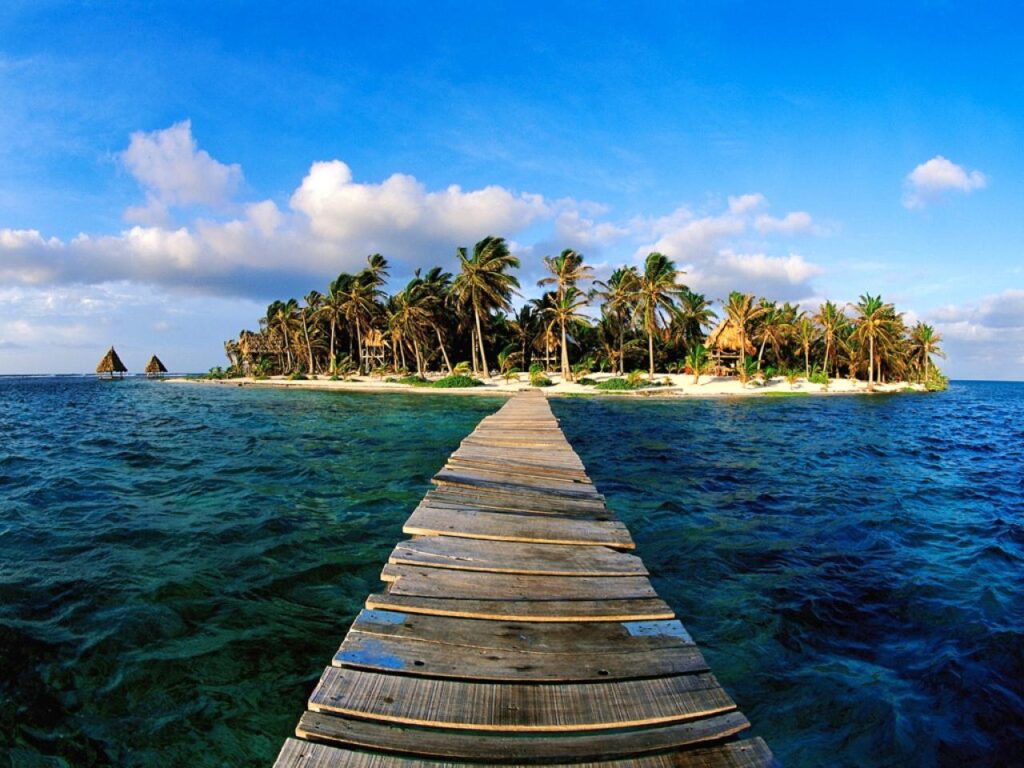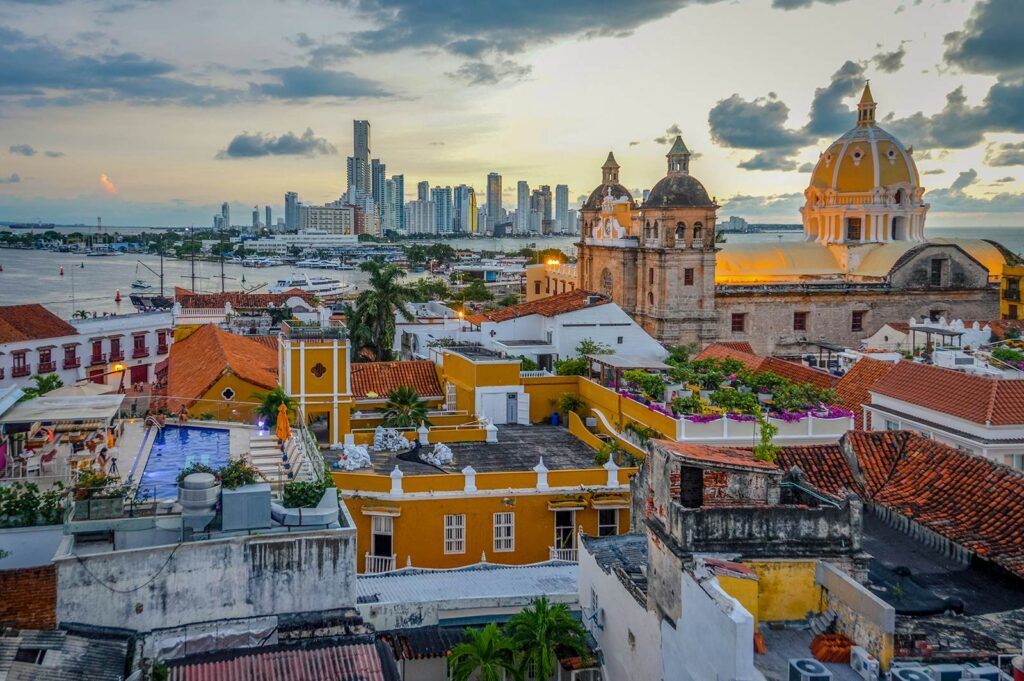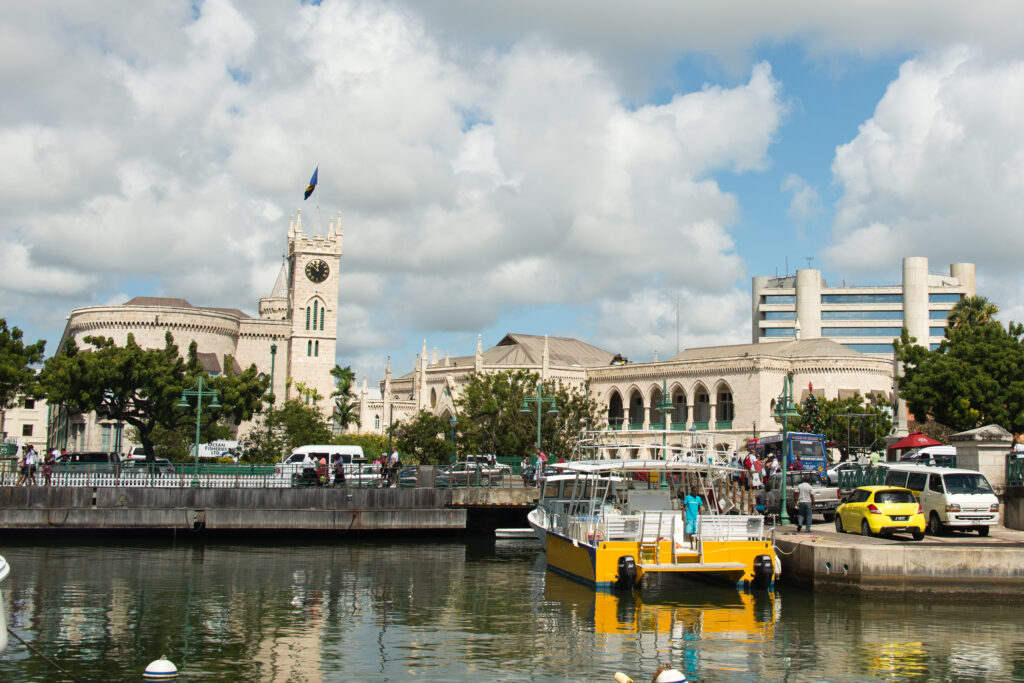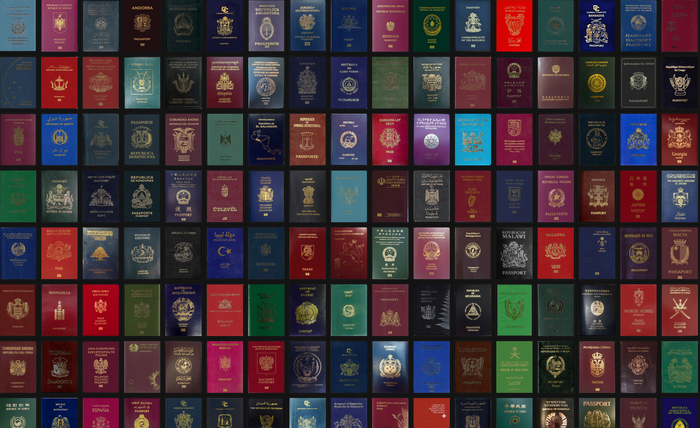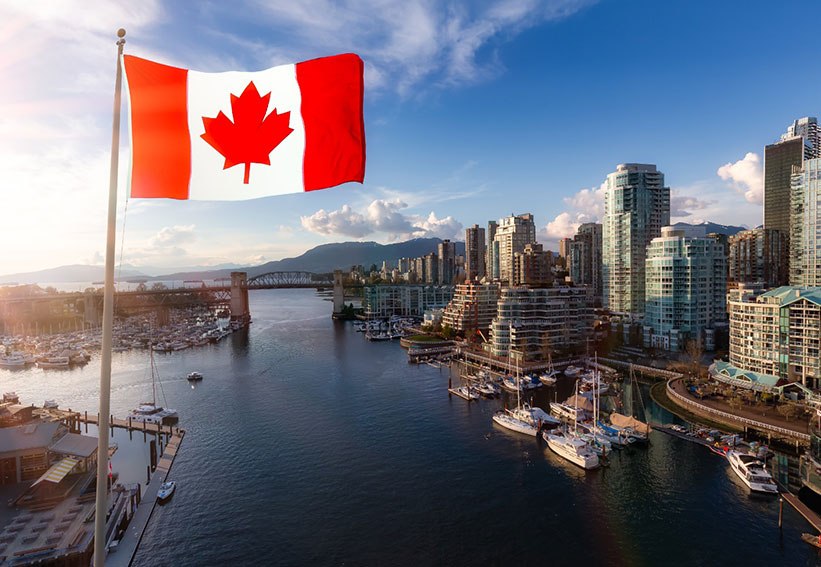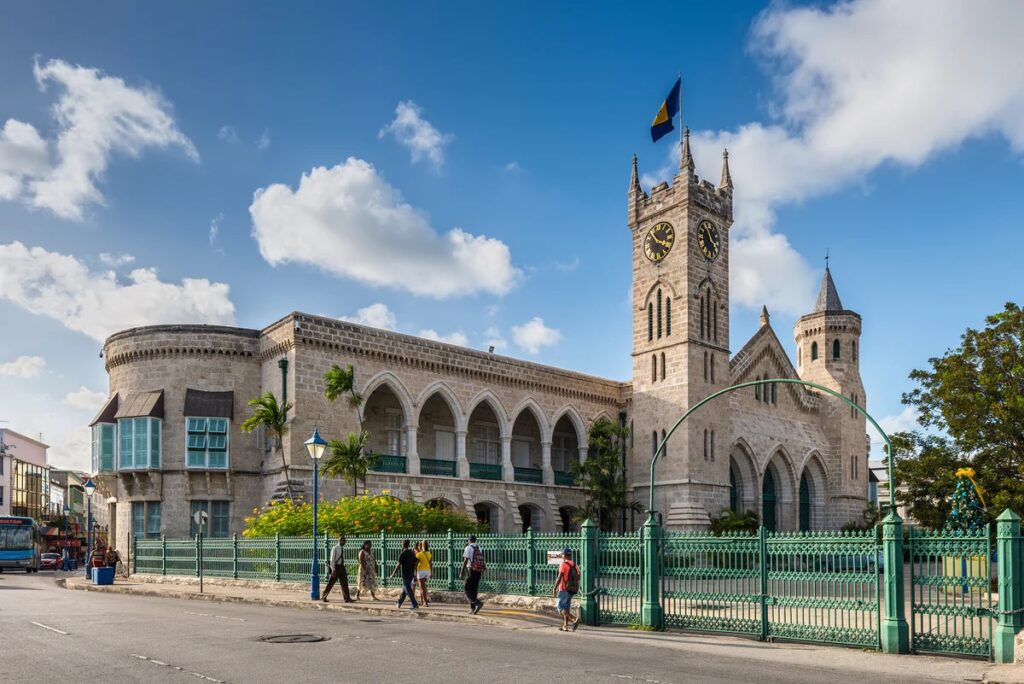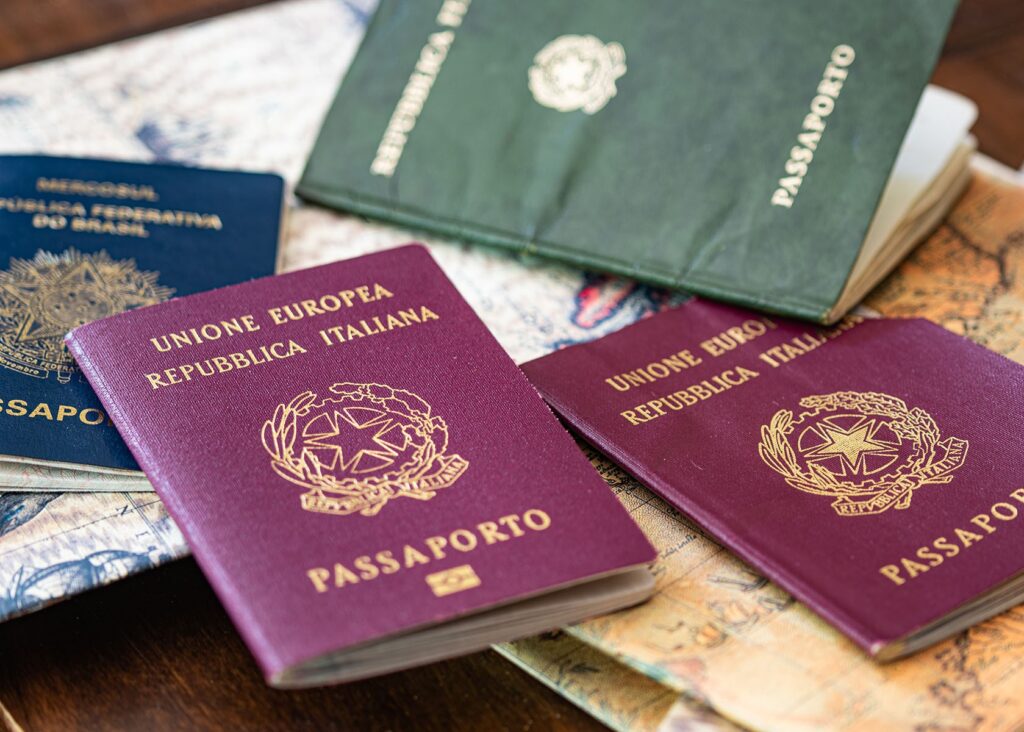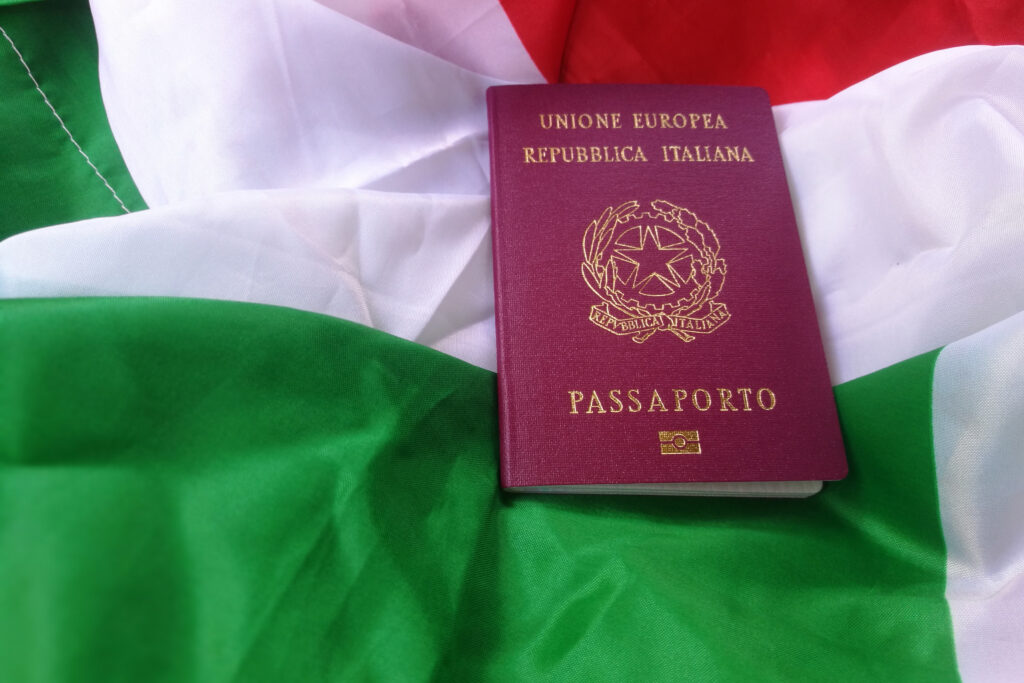Overview
In your search for the utmost in financial security, people often ask what are the safest banks in the world? Which banks are most recognized for their sterling long-term credit ratings and substantial assets? This exploration is vital for high-net-worth individuals (HNWIs) and affluent families, as financial stability becomes a cornerstone of wealth management. From the storied halls of the Swiss National Bank and UBS in Switzerland, renowned for their impenetrable security, to the trusted safest banks in Canada, and the strategic financial hub of the Bank of Singapore, identifying where to securely place your funds has never been more essential.
This article aims to shed light on banking safety, detailing why institutions like the Swiss National Bank and the Bank of Singapore are legendary for financial security. Whether you’re navigating international waters as an expat or seeking a fortress for your family’s fortune, understanding the landscape of the safest banks will guide you to the peace of mind and financial security you deserve. Continue with us to learn which financial institutions are most adept at safeguarding your assets.
Safest Banks in the World

When you’re looking for a secure place to keep your funds, familiarizing yourself with the safest banks in the world could be a pivotal step. These high-ranking financial institutions boast outstanding long-term credit ratings and significant total assets, reflecting their stability and reliability. According to Global Finance, Singapore’s skyline isn’t just a spectacle; it’s a testament to a financial haven home to three of the top 17 safest banks globally.
You’ll find this elite group of banks doesn’t just emphasize profits; they’re also known for robust infrastructures safeguarding depositors’’ assets. Singapore, for instance, has made a solid showing in Global Finance’s rankings, with three banks — DBS, OCBC, and UOB — sitting comfortably among the top 17. Their positions at 14, 15, and 17 respectively represent a haven for your capital.
Investing with banks is typically not suggested, even with these top-tier institutions. Instead, your focus might be on their ability to provide a secure, service-rich banking environment, especially if you’re an expat or a high-net-worth individual looking for dependable offshore banking options.
The reassurance comes from more than just numbers. These banks are part of an ecosystem that respects and protects capital. They exist in a cultural framework that values business and finance, offering indispensable support for a range of ventures.
As the number of ultra-wealthy individuals continues to climb in Singapore, it stands to reason that these banks will maintain their high safety credentials. That said, the rigors of opening an offshore account in Singapore have increased. It’s a testament to the country’s commitment to maintaining a secure and regulated environment for international banking.
Factors that Determine Bank Safety
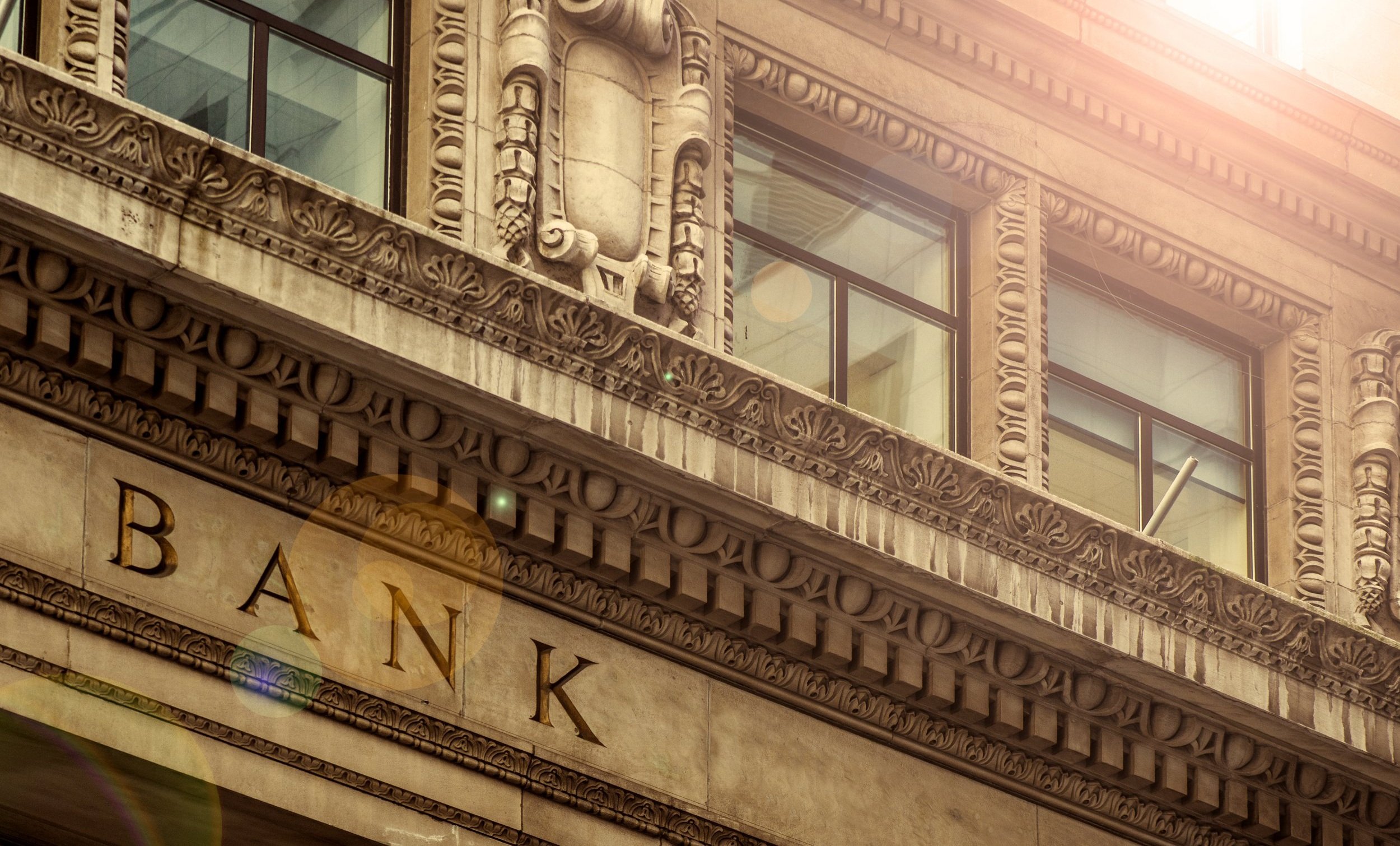
When you’re on the hunt for the safest place to keep your money, understanding the factors that determine a bank’s safety is crucial. These elements not only protect your investments but also ensure the financial institution’s resilience in challenging times.
Regulation and Supervision
Regulation and Supervision play pivotal roles in the banking sector. Oversight by regulatory bodies like the Federal Financial Supervisory Authority (BaFin) ensures banks adhere to strict standards, minimizing the risk of malpractice and insolvency. It’s now common knowledge that banks must navigate a complex web of regulations designed to maintain system integrity and safeguard depositor’s interests.
For instance, significant supervision shifts, such as a bank no longer being under the direct supervision of the European Central Bank (ECB), can still maintain top-notch security through national oversight. These protective measures create an environment where a bank can be counted among the top ten safest banks in the world without being directly overseen by a central body.
Capital Reserves
Banks that focus on maintaining Strong Capital Reserves are generally more equipped to handle financial stress. Capital ratios are indicators of long-term viability, comparing a bank’s capital to its assets. A high capital ratio suggests a substantial financial buffer, effectively positioning the bank to absorb potential losses and continue operations uninterrupted.
Your chosen financial institution should showcase exceptional capital reserves, just like the much-touted international banks. This is essential for cushioning against market downturns and securing depositor funds. By holding sizeable reserves, banks can counteract risks and prevent instability that could jeopardize your financial safety.
Asset Quality
Lastly, the quality of a bank’s assets significantly influences its stability and safety. A bank with high-quality assets, meaning they are low-risk and generate stable returns, stands on firmer ground. Asset Quality directly reflects a bank’s investment acumen and risk management capabilities.
Liquidity management is another aspect where asset quality plays a part. Banks with a diversified portfolio of liquid assets guarantee that high withdrawal demands can be met promptly, avoiding potential liquidity crises. For banks in the top echelon of safety, striking the right balance between long-term and short-term assets is pivotal, ensuring that they remain unshakable even in volatile market conditions.
Countries With the Best Banking Systems

In global finance, the safety and stability of banking institutions are critical for investors and businesses alike. This has led to a heightened interest in identifying the safest banks in the world, where security, regulatory compliance, and financial health are top priorities. Countries boasting these exemplary banking systems attract clientele from across the globe, offering peace of mind in an otherwise unpredictable financial landscape. Below, we explore several nations renowned for hosting some of the safest banks, ensuring that your assets are secure and handled with utmost integrity and expertise.
Switzerland 🇨🇭
Switzerland is renowned for its banking security and privacy, making it a top choice for individuals seeking the safest banks in the world. With a long-standing tradition of banking excellence, Swiss banks, including the Swiss National Bank and UBS, are lauded for their financial stability and discretion. Despite recent shifts towards more transparency and regulatory compliance, Switzerland maintains its legacy as a secure haven for global wealth. It still offers clients legendary confidentiality and a robust financial infrastructure that continues attracting investors worldwide.
The Swiss financial system is also celebrated for its flexibility and low levels of corruption. This has been true for over 100 years and is features that contribute significantly to its status as a premier destination for secure banking. There are no restrictions on the amount of money that can be brought into or out of the country, making it exceptionally convenient for international transactions. Furthermore, Switzerland’s reputation for offshore gold storage and its commitment to maintaining a clean, corruption-free banking environment underscore its position as a leader in global finance, where security and privacy are paramount.
Canada 🇨🇦
Canada’s banking system is a paradigm of stability and reliability, with a proven track record of resilience during financial downturns. This was even true in the worst times such as the Great Depression and the 2008 financial crisis. The Royal Bank of Canada and TD Bank, both ranking among the safest banks in Canada, exemplify the strength and security of the Canadian financial system. This consistency is a product of Canada’s rigorous regulatory framework, which ensures that its banks remain stable and reliable, safeguarding the interests of depositors and investors alike.
In addition to its robust financial system, Canada offers unique advantages for cross-border banking. This is particularly ture because of strong financial ties to the US, UK, and European Banks. Canadian banks are recognized for their efficiency in processing U.S. checks without imposing extra fees, facilitating seamless financial transactions for individuals and businesses operating on both sides of the border. This convenience, combined with the overall safety and soundness of Canada’s banking institutions, reinforces the country’s appeal as a secure destination for banking and investment.
Singapore 🇸🇬
Singapore has rapidly ascended as a premier banking destination, challenging traditional financial hubs. This is especially due to it’s combination of security, regulatory oversight, and dynamic economic growth. The Bank of Singapore, alongside other Singaporean banks, offers a safe and prosperous environment for wealth management, appealing to those who previously looked towards Switzerland for banking services. Singapore’s financial system is characterized by its robust regulatory framework, which ensures the safety and stability of the banking sector. For that past 30 years this has made it an attractive choice for investors seeking security in the rapidly growing Asian market.
The strategic position of Singapore, located at the heart of Southeast Asia’s booming economy, provides unmatched opportunities for growth and investment. Banks in Singapore are at the forefront of financial innovation, offering a range of services that cater to the diverse needs of their global clientele. The city-state’s commitment to maintaining a transparent and efficient banking environment, coupled with its economic vitality, positions Singapore as a leading choice for secure and forward-looking banking services.
United States 🇺🇸
The banking sector in the United States is characterized by a stringent regulatory environment designed to ensure the safety and stability of financial institutions. This comprehensive oversight framework subjects American banks to a high standard of operation. All this tends to foster a sense of trust and security among depositors. The presence of regulatory bodies such as the Federal Reserve plays a crucial role in maintaining the integrity of the banking system, making the U.S. a reliable destination for domestic and international banking services.
Despite the rigorous compliance requirements, the U.S. banking system offers various financial services and products. Generally, US banks cater to a diverse clientele ranging from individual savers to large corporations. The emphasis on depositor protection and financial stability makes the United States an attractive option for those seeking a safe banking environment. Moreover, the innovation and competitiveness of the U.S. financial sector continue to drive the development of new banking technologies and services, enhancing the overall customer experience.
Hong Kong 🇭🇰
Hong Kong serves as a critical financial hub, offering a gateway to China. Because of this Hong Kong also provides investors access to some of the safest banks in the world. The region’s strategic importance in the global financial landscape is complemented by a comprehensive regulatory framework that ensures the security and reliability of its banking sector. International banks flock to Hong Kong to establish branches, drawn by its dynamic market and the wealth of opportunities. This has resulted in a diverse banking environment that caters to the complex needs of a global clientele, maintaining high standards of service and security.
The combination of East and West in Hong Kong’s banking sector provides a unique advantage. This juristication offers a range of financial products and services that are tailored to meet the demands of international investors and businesses. The city’s commitment to maintaining a transparent and efficient banking system, alongside its role as a financial bridge to mainland China, positions Hong Kong as a preferred choice for those seeking both safety and strategic opportunities in their banking relationships.
Ranking of the Safest Banks in the World
Venturing into the financial realm to identify the safest banks in the world is not just a matter of preference. But a necessity for those prioritizing banking security and stability. This comprehensive analysis sheds light on various esteemed financial institutions globally recognized for their steadfast reliability and robust financial health.
UBS Group AG
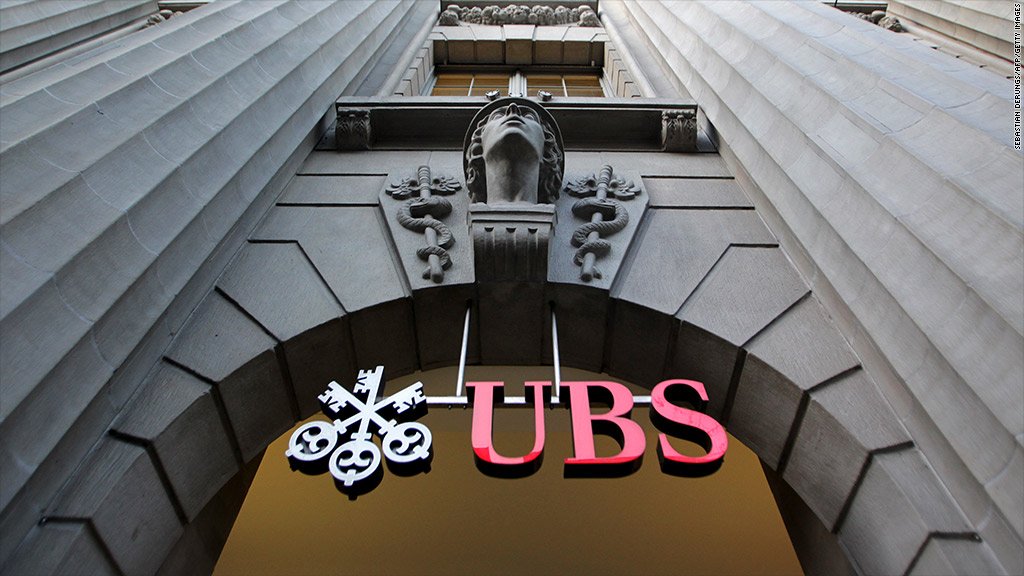
At the forefront of banking safety and innovation, UBS Group AG is reshaping its narrative within the global banking industry. Boasting an illustrious history that spans over 150 years and a widespread presence across more than 50 countries, UBS has successfully amassed a revenue exceeding $30 billion. Its impressive ascent from 34th to 20th in the rankings of the safest banks in the world is a clear indication of its strategic emphasis on maintaining high-quality assets and substantial capital reserves. As a central figure in the Swiss banking landscape, UBS demonstrates exceptional resilience and stability. This is especially underlined by strategic maneuvers such as the pivotal acquisition of Credit Suisse Group AG, further enhancing its stature within the Swiss banking community alongside the Swiss National Bank.
Royal Bank of Canada

The Royal Bank of Canada (RBC), with its deep-rooted history since 1864, is a beacon of financial stability. This is true not only within the Canadian banking scene but also on a global scale. As Canada’s premier bank in terms of market capitalization, RBC proudly stands as a regular contender among the safest banks in Canada and the world. Its commitment to maintaining a solid capital base and judicious asset management, alongside a formidable revenue stream nearing $50 billion, exemplifies RBC’s role as a model of consistency and reliability. This distinguished position in the financial world underscores the Royal Bank of Canada’s dedication to upholding the highest standards of banking safety and customer trust.
Toronto-Dominion Bank
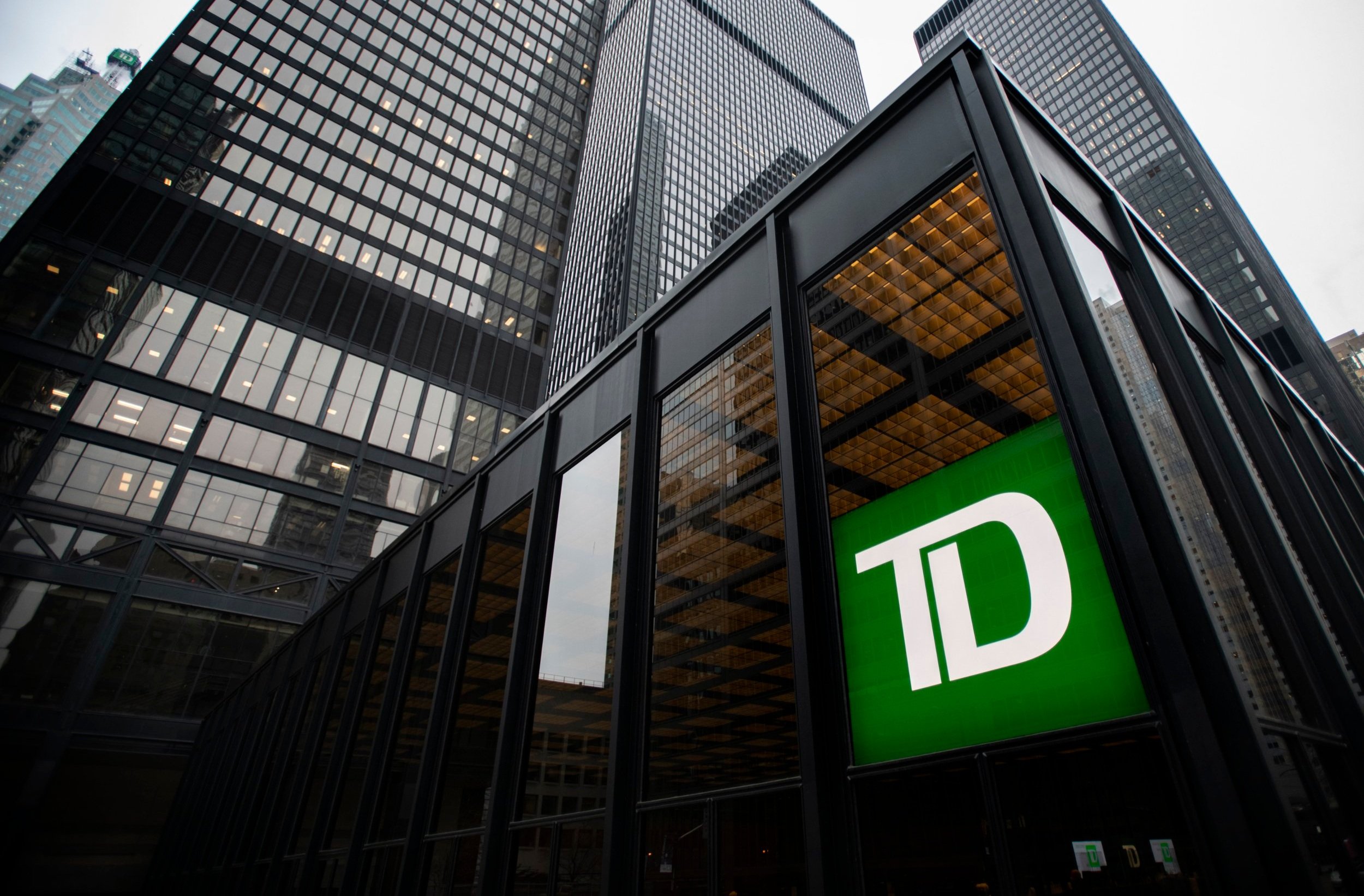
Illustrating the strength and resilience of the Canadian banking system, TD Bank represents a pillar of security and trustworthiness. Since it’s merger in 1955, TD has expanded its operations to include over 1,100 branches, catering to more than 10 million customers. With a revenue footprint extending beyond $40 billion, TD’s inclusion in the list of the safest banks in Canada is a testament to its comprehensive approach to risk management and strict regulatory compliance. This commitment not only enhances TD Bank’s reputation for safeguarding customer interests but also solidifies its position as a key player among the safest banks in the world.
DBS Bank

As the largest bank in Southeast Asia by assets, DBS Bank symbolizes the pinnacle of stability. They are also known as a top innovator within the Asian banking sector. Established in 1968, DBS has evolved into a formidable global presence, serving over 4 million customers in 18 markets. With revenues soaring above $10 billion, DBS’s strategic emphasis on digital banking innovation and sound financial practices secures its spot in the safety rankings and positions it as a trailblazer in the digital transformation of banking. DBS Bank’s commitment to excellence and innovation echoes throughout its operations, making it a standout institution among the safest banks in the world.
HSBC
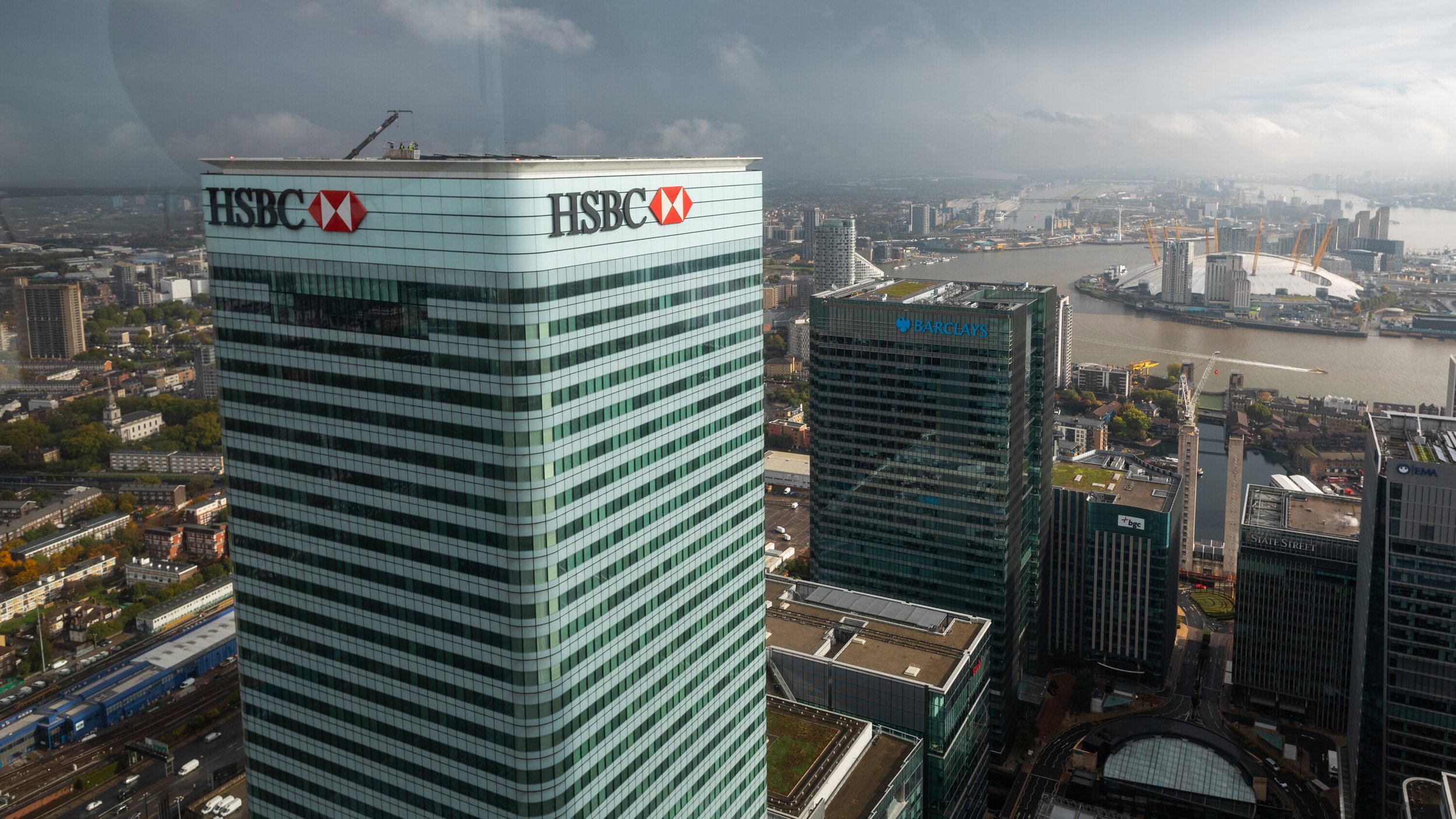
With an expansive network covering 64 countries and territories and a rich heritage dating back to 1865, HSBC stands as a colossus in the international banking arena. This British banking powerhouse, generating over $50 billion in revenue, consistently ranks among the safest banks globally, attributed to its strategic focus on sustainable growth and adept liquidity management. HSBC’s dedication to enhancing global financial connectivity and inclusivity firmly establishes it as a trusted and pivotal institution. This is true within the worldwide banking community, reflecting its commitment to maintaining high safety and reliability standards.
JPMorgan Chase

JPMorgan Chase is more than a financial institution; it symbolizes American resilience and strategic insight. Tracing its origins back to 1799 and boasting a workforce of over 250,000, JPMorgan’s staggering revenue of over $100 billion. This figure illustrates its dominance as one of the largest and safest banks in the world. Its focus on diversifying assets and maintaining a robust operational framework is key to its leadership in financial safety discussions, showcasing the bank’s unwavering commitment to securing its clients’ assets and interests.
Bank of America
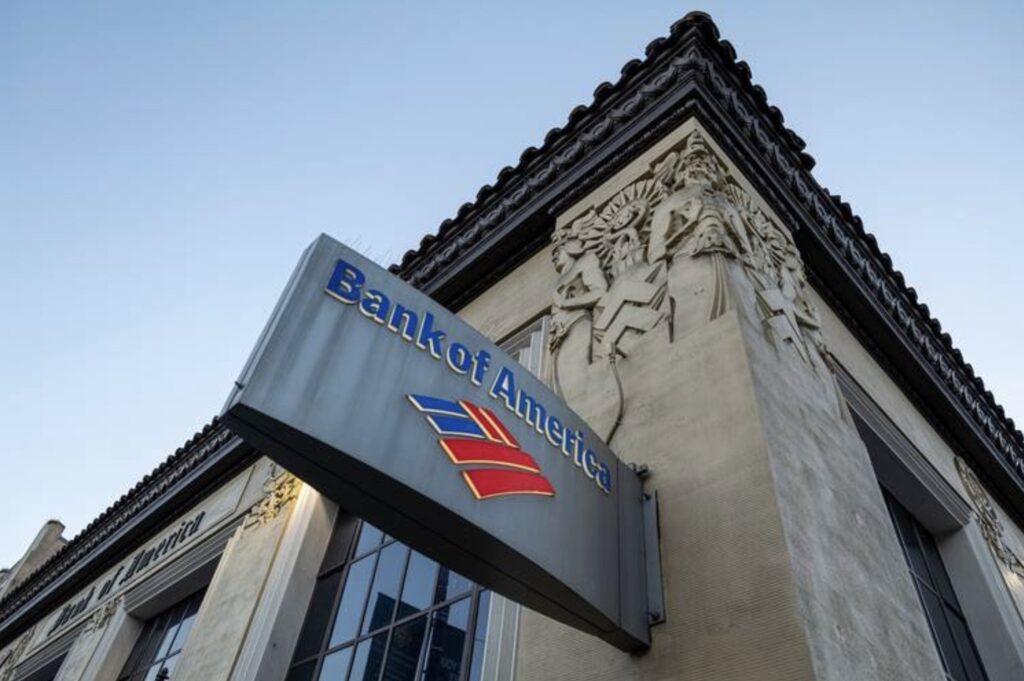
Bank of America’s legacy as a trusted banking partner is firmly rooted in its history since 1904. Its expansive operations across all 50 U.S. states and more than 35 countries. With revenues exceeding $85 billion, Bank of America’s strategic approach to regulatory compliance and asset management has forged its reputation for financial strength and reliability. This commitment to excellence ensures Bank of America’s position not just as a preferred banking option but as a stalwart among the safest banks globally.
Conclusion

Choosing the right bank for your financial needs is crucial, and knowing which ones top the safety charts can give you peace of mind. With UBS Group AG’s rise and the notable absence of Credit Suisse, you’ve seen how the landscape of banking security can shift. Whether looking at the solid reputation of RBC and TD in Canada, the robust DBS Bank in Asia, or the giant US banks like HSBC, JPMorgan Chase, and Bank of America, you’re now better equipped to make informed decisions. Remember, a bank’s position on safety rankings is more than a number—it’s a testament to its stability and reliability in safeguarding your assets.
Frequently Asked Questions (FAQ)
1. What factors contribute to a bank being considered “safe”? Safety in banking is determined by a combination of factors including long-term credit ratings, capital reserves, asset quality, regulatory compliance, and the ability to manage risk effectively. These factors ensure a bank’s stability and reliability, making them secure places for depositors’ funds and investments.
2. How do regulatory bodies impact the safety of a bank? Regulatory bodies play a crucial role in ensuring the safety of banks by setting standards for financial health, conducting regular audits, and overseeing banking operations. They enforce compliance with laws designed to maintain the financial system’s integrity, protect consumers, and prevent financial crises, thereby contributing to a bank’s safety and stability.
3. Can a bank’s safety ranking change over time? Yes, a bank’s safety ranking can change due to various factors such as changes in financial health, regulatory adjustments, market conditions, or significant events like mergers and acquisitions. Rating agencies and financial analysts continually assess banks, and their rankings are updated to reflect their current stability and risk management capabilities.
4. Why is asset diversification crucial for a bank’s safety? Asset diversification is crucial for a bank’s safety as it reduces risk exposure by spreading investments across different types of assets, sectors, and geographical locations. This strategy helps banks absorb shocks from specific markets or industries, ensuring stability and protecting depositors’ funds against potential losses.
5. How does a bank’s inclusion in the top safest banks list benefit its customers? Being a customer of one of the top safest banks offers several benefits, including peace of mind knowing your funds are in a stable and secure institution, the potential for better interest rates due to the bank’s strong financial position, and access to a wide range of reliable banking services and investment products. Additionally, it signifies that the bank adheres to high risk management and regulatory compliance standards, further safeguarding customers’ assets.
Learn More
Offshore Freedom™ is a boutique coaching and consulting firm that helps investors and entrepreneurs live and invest internationally. We help our clients grow their businesses, pay less taxes, buy more real estate, and take advantage of global residency and citizenship by investment programs worldwide.
Schedule a 1 on 1 consultation with Dan Merriam, and let us help you design the life of your dreams and live the Offshore Freedom™ lifestyle. Ask questions and get answers about international real estate, tax planning, offshore banking, second residencies, citizenship by investment, lifestyle design and more.
This article is for informational purposes only; it should not be considered financial, tax planning, investment or legal advice. Consult a certified financial or investment professional in your jurisdiction of interest before making any major financial or investment decisions.
Writer in Tax Reduction, International Tax Planning, Travel, Citizenship by Investment, The Caribbean, Barbados Banks, Banking in Barbados, Royal Bank of Canada, UBS Bank, Barclays Bank, CIBC, DBS Bank, Offshore Banking, Second Residence, Real Estate Investing, Asset Management, Lifestyle Planning, Countries with the Lowest Taxes, Company Formation, Offshore Banking, Asset Protection, Technology, Entrepreneurship



